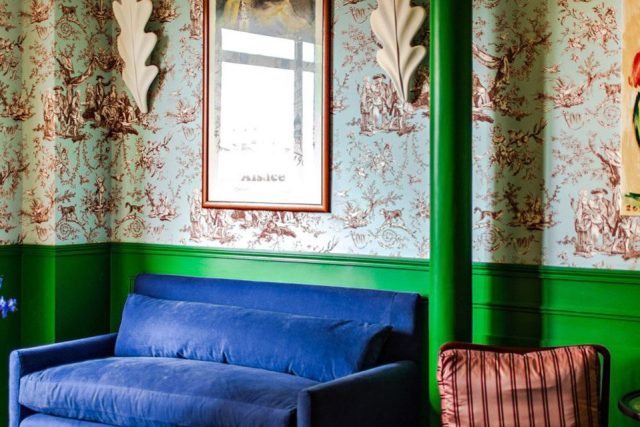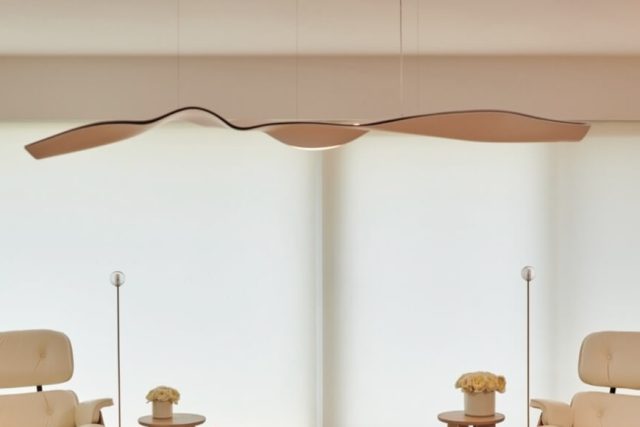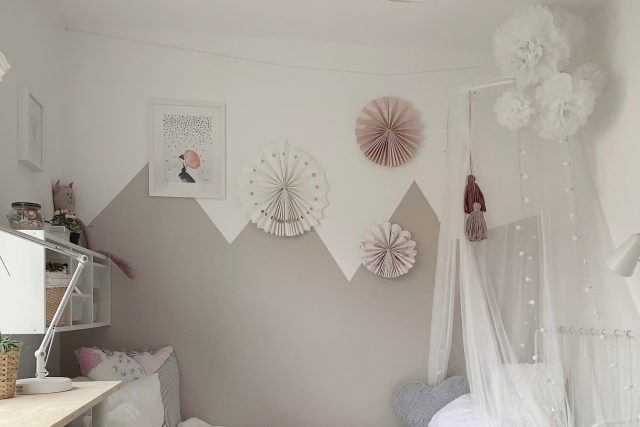The Swedish aesthetic is often synonymous with clean lines, simplicity, and sustainability. The country’s rich tradition of design has influenced a variety of industries, including furniture, fashion, and architecture. Swedish kitchens, in particular, have gained popularity in recent years due to their functional and pleasing design. In this article, we’ll explore some Swedish kitchen design ideas that can help you create a space that is both beautiful and sustainable.
Simplicity in Design
One of the hallmarks of Swedish design is simplicity. Swedish kitchens are typically characterized by clean lines and minimalistic design. Cabinets and countertops are often made of natural materials such as wood or stone, and colors are kept neutral. For example, white or light-colored cabinets are popular as they help create an open and bright space. This simplicity allows you to focus on the details, such as the quality of the materials and finishes.
Functionality
Swedish kitchens also prioritize functionality. The layout of the kitchen is carefully planned to maximize efficiency and workflow. The key is to create a workspace that is both practical and aesthetically pleasing. For instance, storage is often integrated into the design, such as built-in cabinets and drawers. In addition, the sink, stove, and refrigerator are typically arranged in a triangle to facilitate movement during cooking.
Sustainable Materials
Sustainability is an integral aspect of Swedish design. The country values environmental sustainability, and it’s reflected in the manufacturing processes, materials, and products used. Swedish kitchens often use eco-friendly and sustainable materials, such as recycled or reclaimed wood. These materials not only reduce environmental impact but also bring warmth and character to the kitchen.
Color Palette
Another important aspect of Swedish kitchen design is the color palette. Swedish interiors typically feature soft, muted colors that create a calming and inviting atmosphere. This translates into the kitchen as well, as neutral colors such as white, beige, or gray are often used. Brighter colors can also be incorporated, but they are typically used sparingly to create a focal point or contrast.
Layering Textures
While the color palette is neutral, Swedish kitchens utilize texture to add interest and depth to the design. Textured elements such as brick walls, rustic wood floors, and natural stone countertops can create a warm and inviting space. Adding texture also creates visual interest and can elevate the overall design of the kitchen.
Furnishing and Décor
Finally, the furnishings and décor of Swedish kitchens are essential in creating a cohesive design. Scandinavian design often incorporates furniture and décor that are functional, sustainable, and beautiful. For example, open shelving can be used to display dishes and glassware, while potted plants can add a touch of greenery and freshness to the space.
In conclusion, Swedish kitchen design offers a perfect balance of simplicity, functionality, and sustainability. The key elements to consider when creating a Swedish-inspired kitchen include clean lines, neutral color palettes, sustainable materials, layering textures, and functional furnishings and décor. By incorporating these design ideas into your kitchen, you can create a space that is not only beautiful but also environmentally conscious and practical.



Hottest Posts
Bathroom
Brighten Up Your Bathroom with the Perfect Lights
Indoor decoration
Transform Your Home with Indoor Decorative Lights
Outdoor decoration
Illuminate Your Outdoors: The Power of Outdoor Lighting
Living room
Light Up Your Living Room with These Stunning Pendant Lamps
Indoor decoration
Revamp Your Living Space with These Modern Indoor Decoration Ideas
Uncategorized
Power Up Your Lighting with a Battery-Operated Light Switch